
Recipe for Well-Being for Health Professionals and their Clients: An Evidence Based Approach
| CONTACT HOURS: | 7 Hours |
| CEU: | 0.7 |
| AOTA: |
Domain of OT, OTP, Professional Issues, Check Accreditation
|
| NBCOT®: | 8.75 PDUs |
| STATE: |
AL BOARD 7hrs FL AOTA #3397 7hrs |
The tools provided in the course will provide you the ability to perform extensive self-assessments including a stress audit, set realistic SMART goals, and implement techniques and strategies to reduce burnout and promote greater well-being.
Buy Now
$189.00
Description
The tools provided in the course will provide you the ability to perform extensive self-assessments including a stress audit, set realistic SMART goals, and implement techniques and strategies to reduce burnout and promote greater well-being. After taking this course you will be equipped with knowledge on the causes and personal and professional outcomes of burnout as well as the tools and interventions to take effective action. This course will enable you identify intrinsic and extrinsic interventions that address the full scope of burnout, including stress management, self-care, and workplace advocacy. Never again will you view and address burnout as just an individual problem, for burnout is typically a contagious, social phenomenon that requires a well-rounded approach. This course is one that you cannot afford to miss because of the holistic individual and group approaches that impact internal energy levels, team dynamics, leadership, and more. Work smarter not harder after implementing strategies that will help you deal with daily and chronic stressors, communicate effectively with coworkers, and promote real positive changes for your organization. Your professional productivity will improve by identifying internal and external recovery methods as well as organizational energy strategies. You will also be able to use all of the skills you learn in this course and apply it to clinical use with your clients immediately
Objectives:
- Define components of burnout and evidence regarding its impact on the roles and well-being of healthcare professionals, teams, and organizations.
- Identify the physiology of the stress response, roles of the limbic system and neocortex in response to stress, and how chronic exposure to stress negatively impacts physical health, mental health, job performance, and quality of life for healthcare professionals
- List evidence-based interventions including resilience, internal locus of control, mindfulness, meditation, gratitude, optimism, and compassion and recognize the positive impacts in order to promote greater physical health, mental health, job performance, and quality of life for healthcare professionals.
- Recognize how performance patterns can positively or negatively impact sleep and daily energy levels
List strategies to optimize daily routines in order to promote greater health and wellness - Review organizational energy, common traps, and how to address each trap and sustain optimal energy in order to promote optimal social participation and job performance at the individual and group level.
- List the six demands at work that contribute to burnout and decreased professional well-being.
- Differentiate leadership styles and characteristics of an effective leader in healthcare in order to promote greater job performance and work well-being.
- Identify advocacy strategies in order to promote occupational justice in the workplace, professional well-being, and decrease organizational turnover.
Introduction to Burnout
- Overview of Objectives
- Workbook
- Burnout 101
- Burnout cycle
- Myths
- Research
- Burnout causes
- Cost of burnout
- Personal and profesional outcomes
- Patient satisfaction
- Models for holistic approach
Intrinsic Factors and Interventions
- Stress response overview
- Roles of the limbic system and neocortex
- Modern challenges that contribute to chronic stress
- Locus of control
- Resilience
- Optimism
- Adaptive vs. maladaptive coping
- Mindfulness
- Meditation
- Happiness
- Gratitude
- Forgiveness
- Compassion
Individual and Group Energy
- Chronotype overview and goals
- Sleep participation
- Sleep and work interventions
- Social energy overview
- Energizing interpersonal communication strategies
- Organizational energy overview
- Addressing major organizational energy challenges
Extrinsic Factors and Interventions
- Workload
- Control
- Fairness
- Rewards
- Community
- Values
- Leadership
- Advocacy
Includes HSE Management Standard Tool for Work Related Stress 30 page printable manual packed with quizzes, worksheets and activities – reproducible for clients.
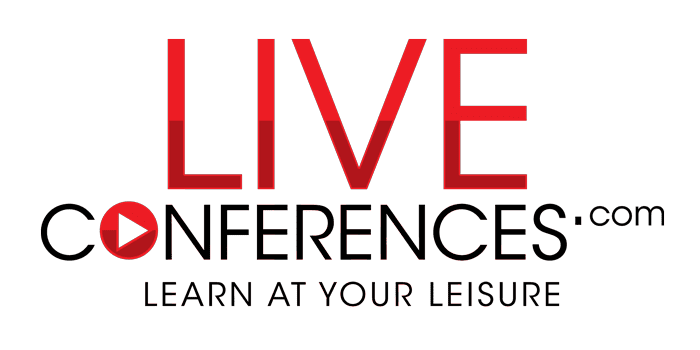
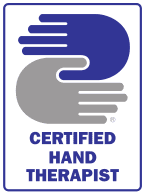
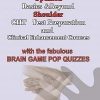

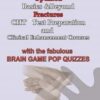
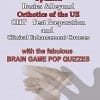
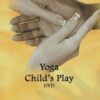
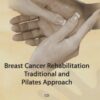
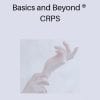
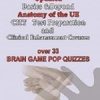
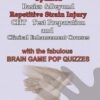




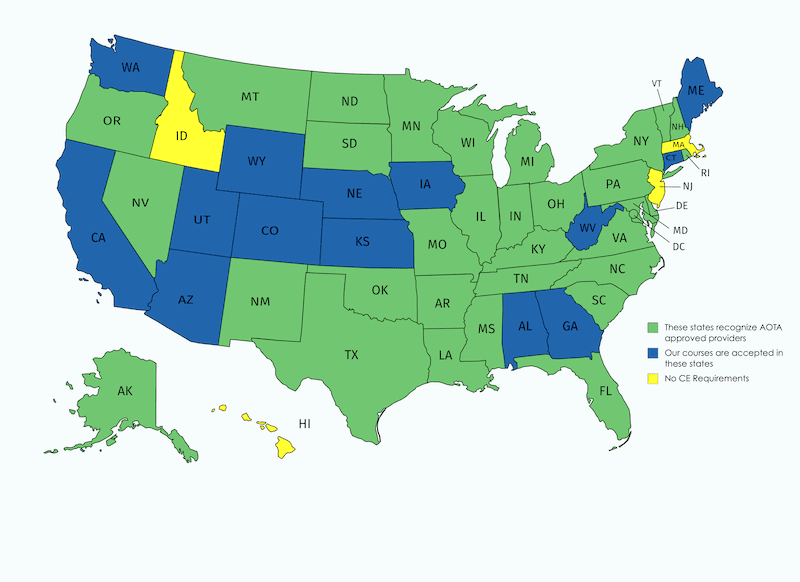
Reviews
There are no reviews yet.